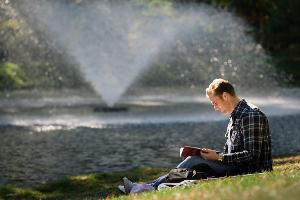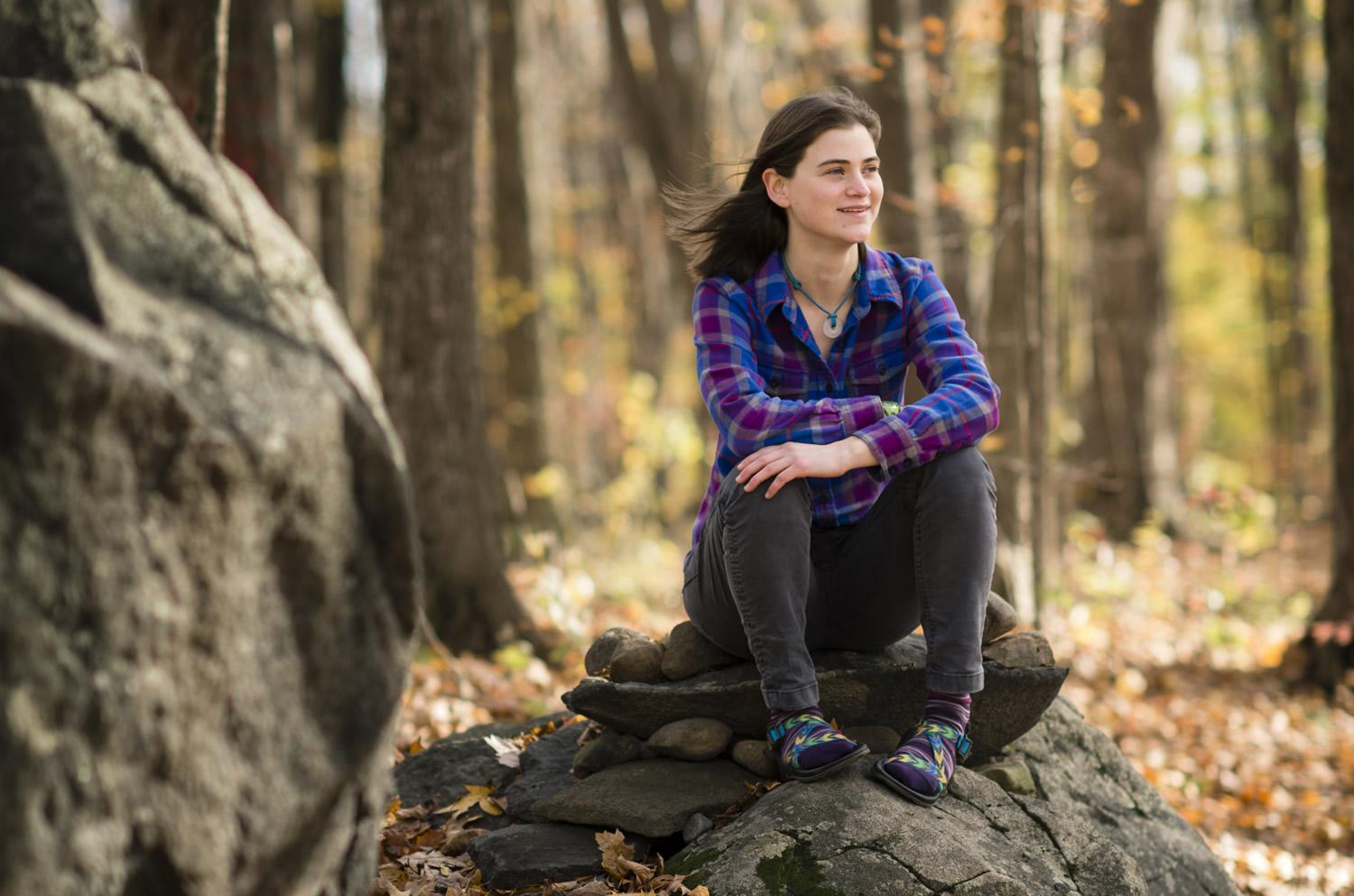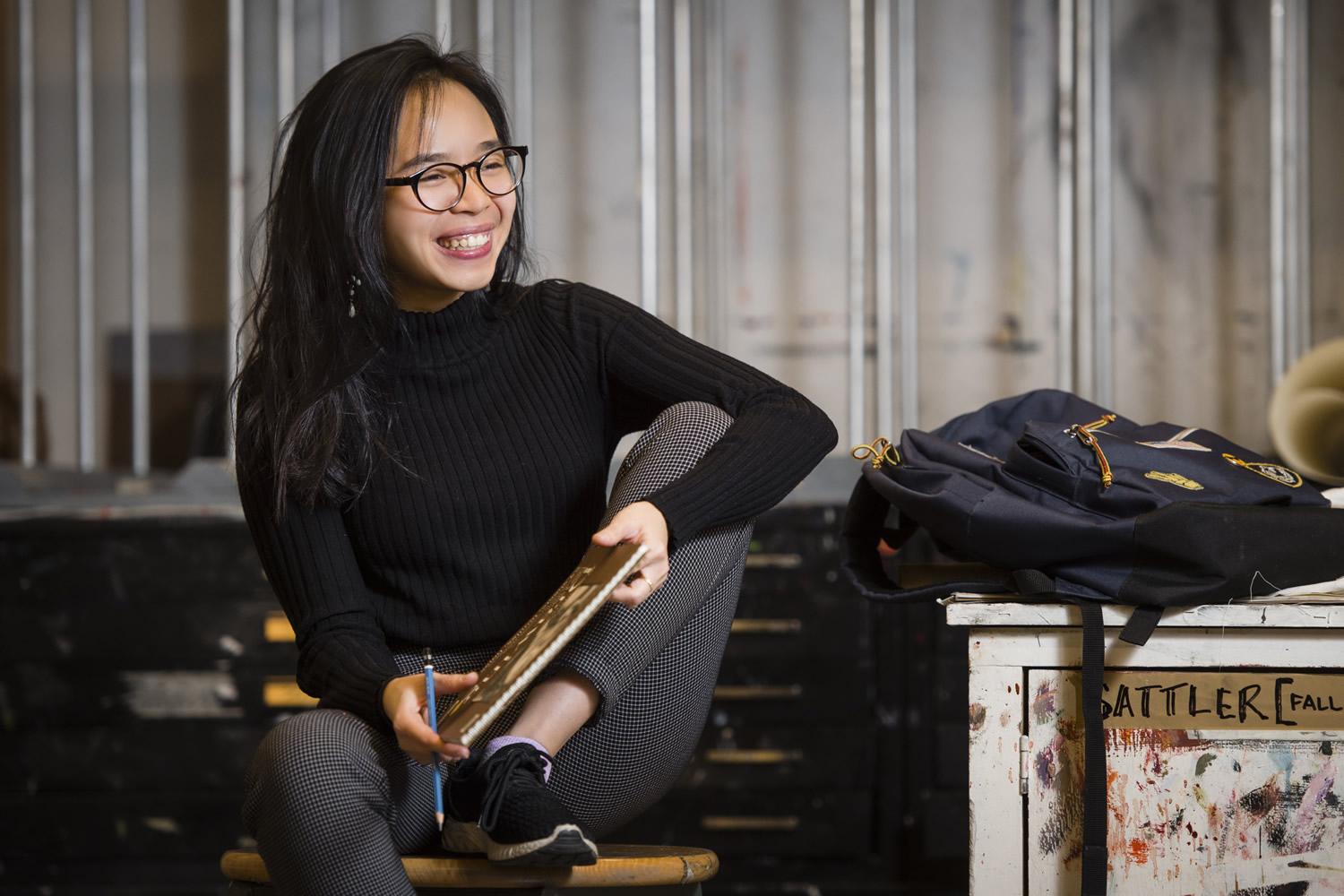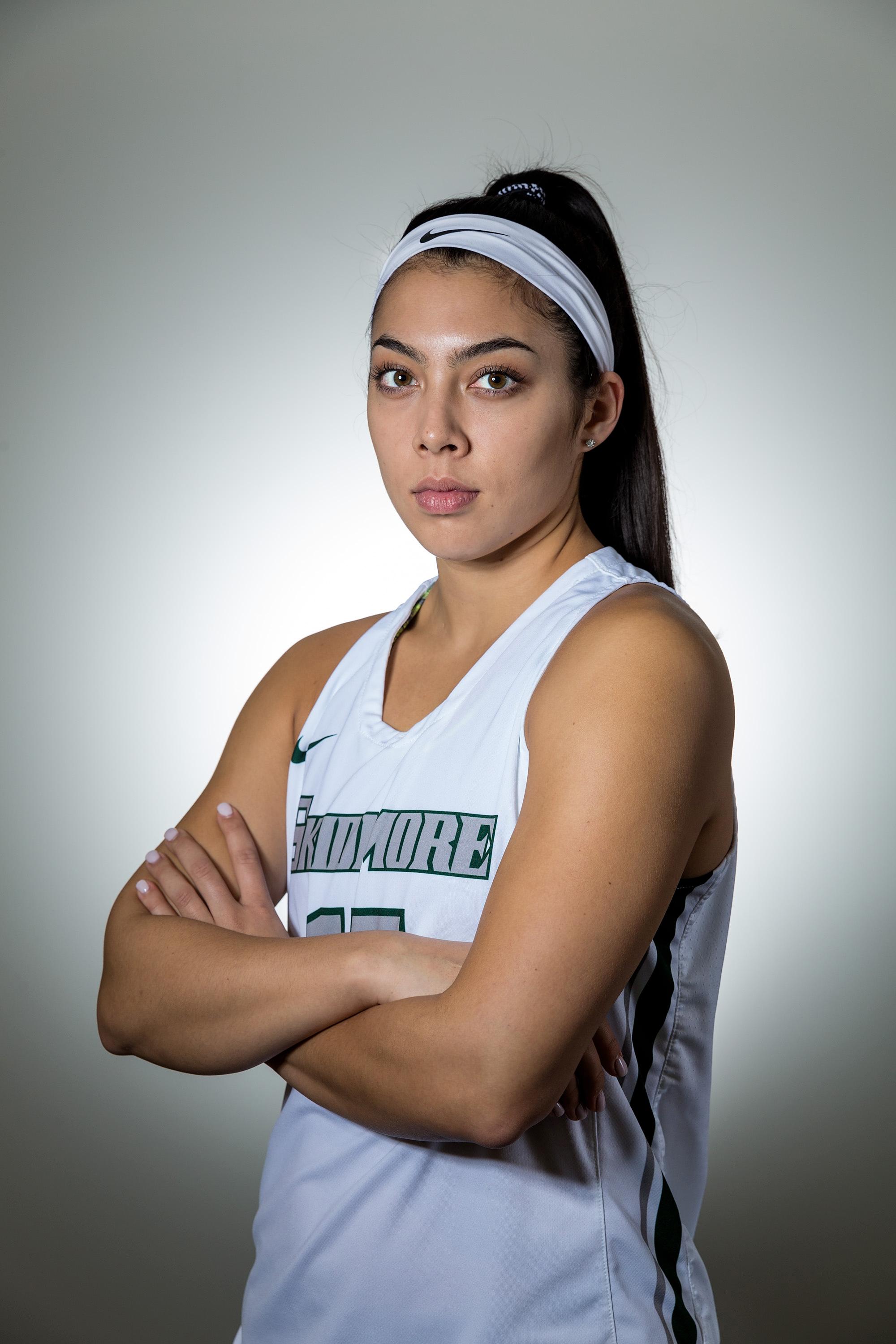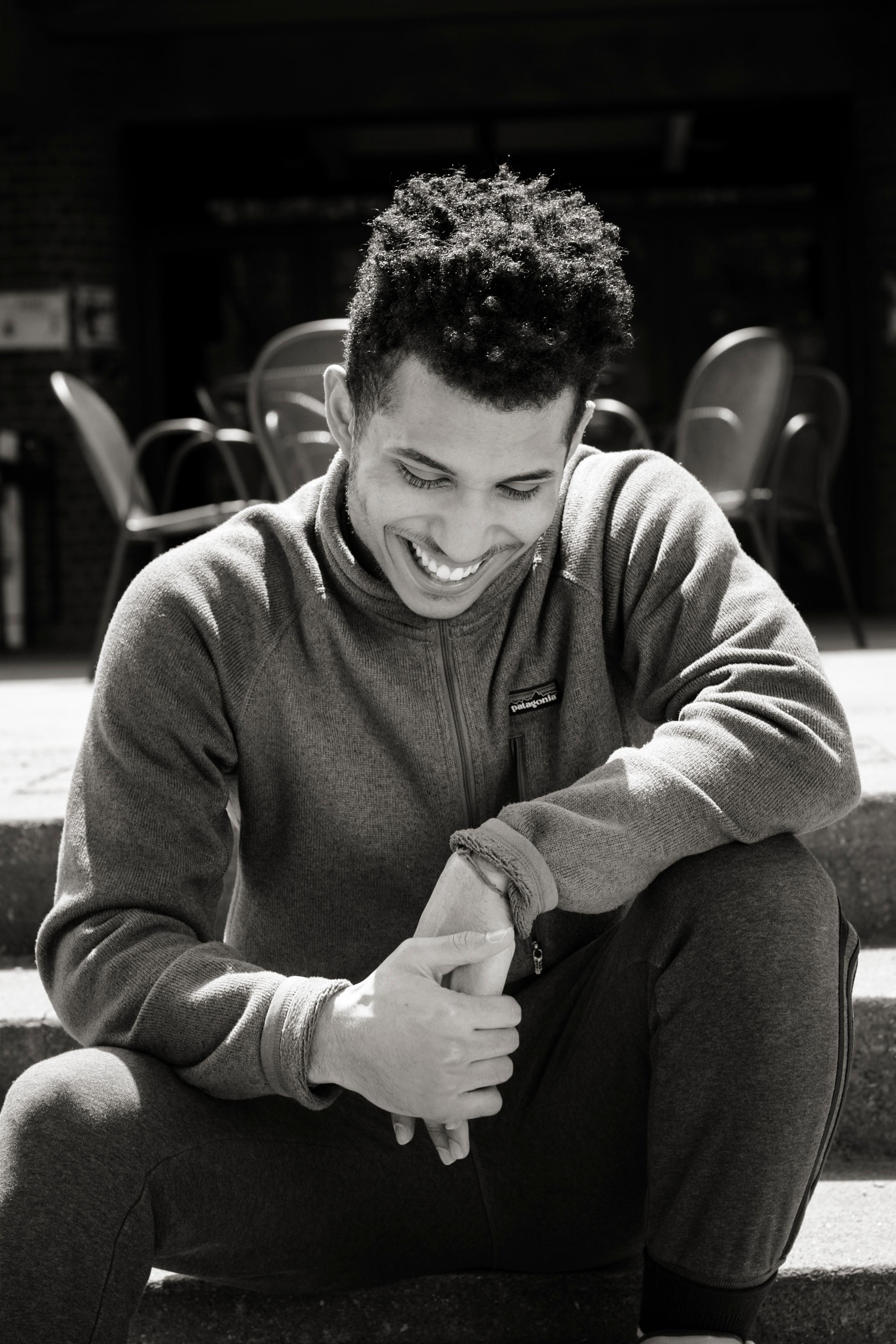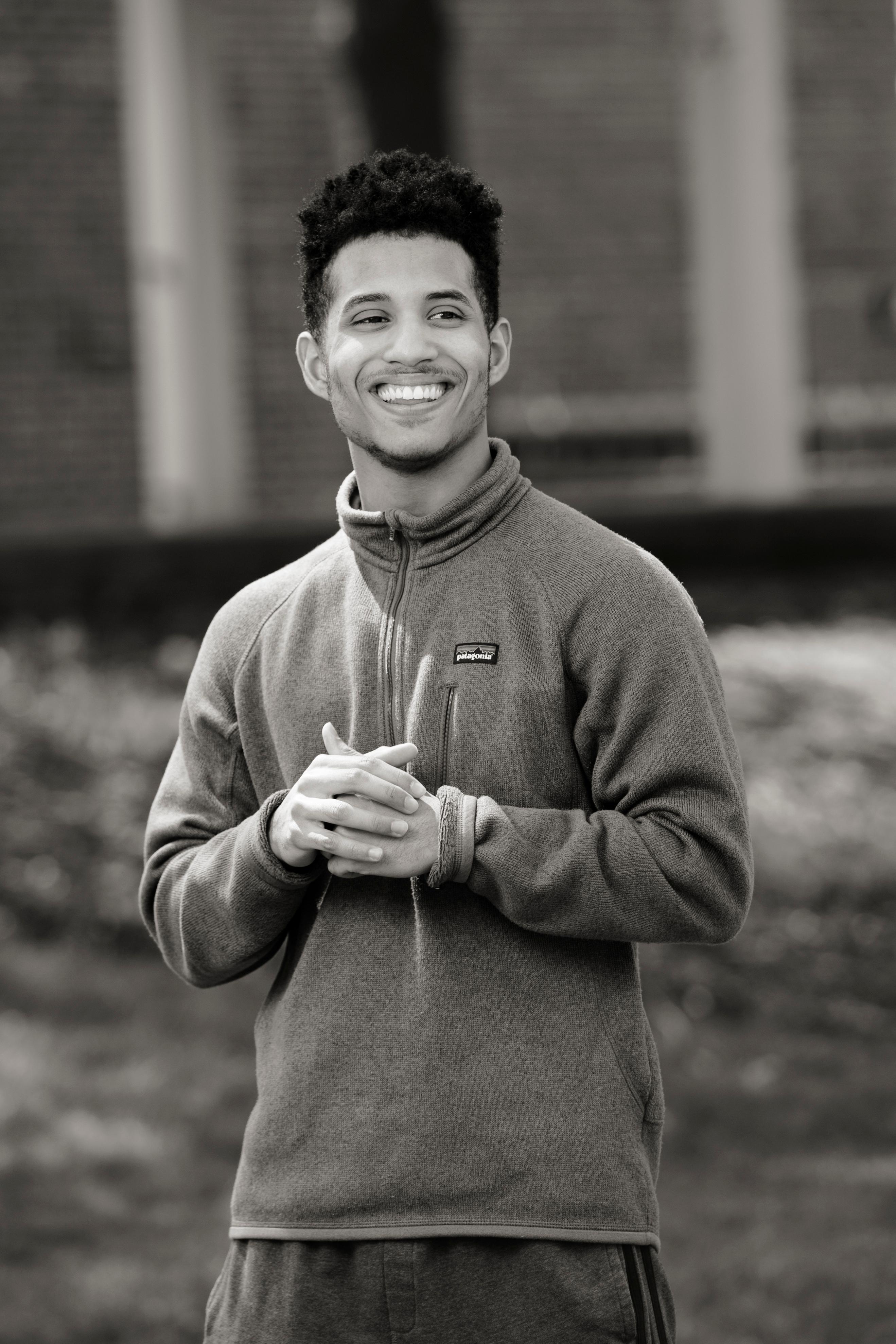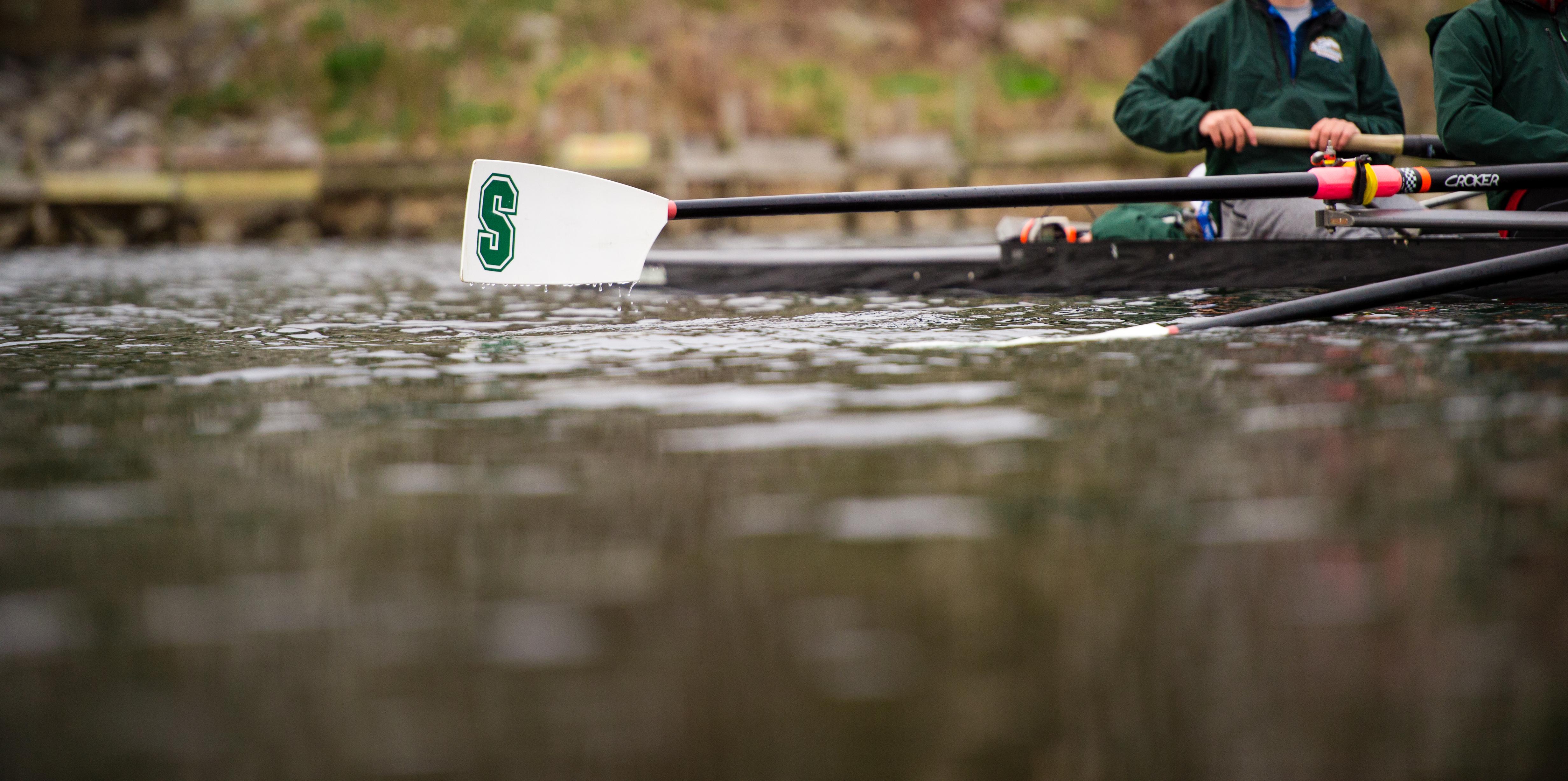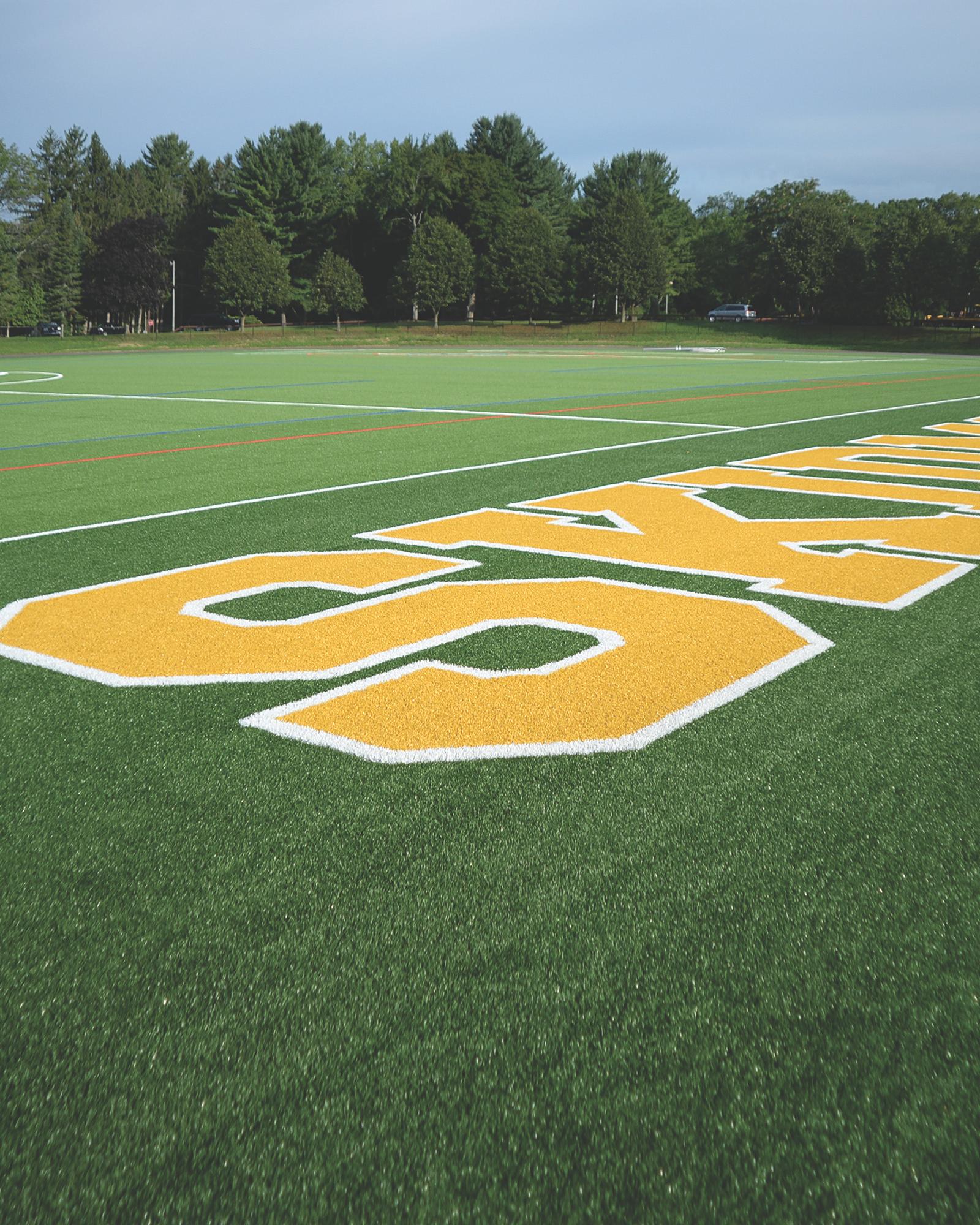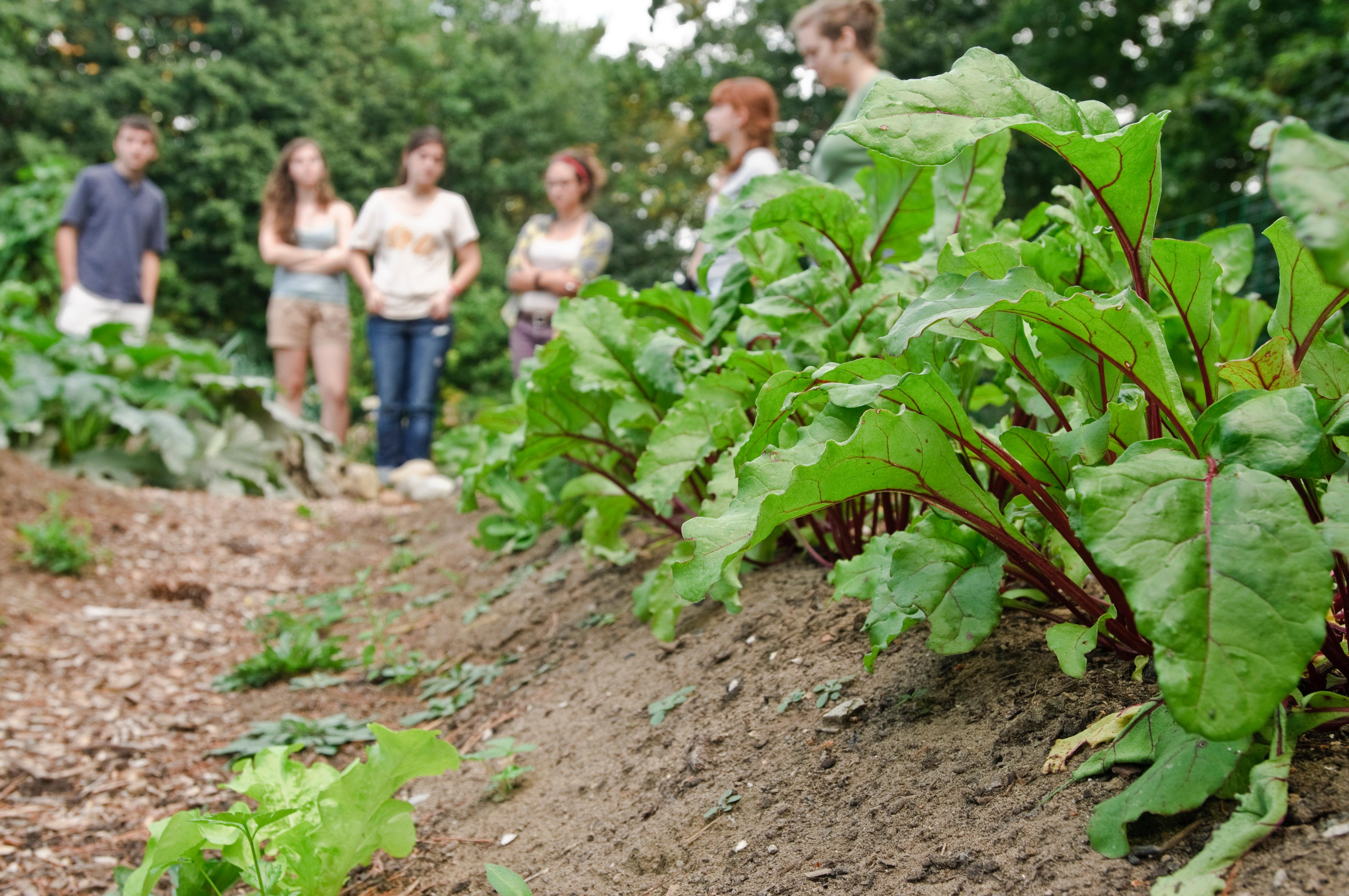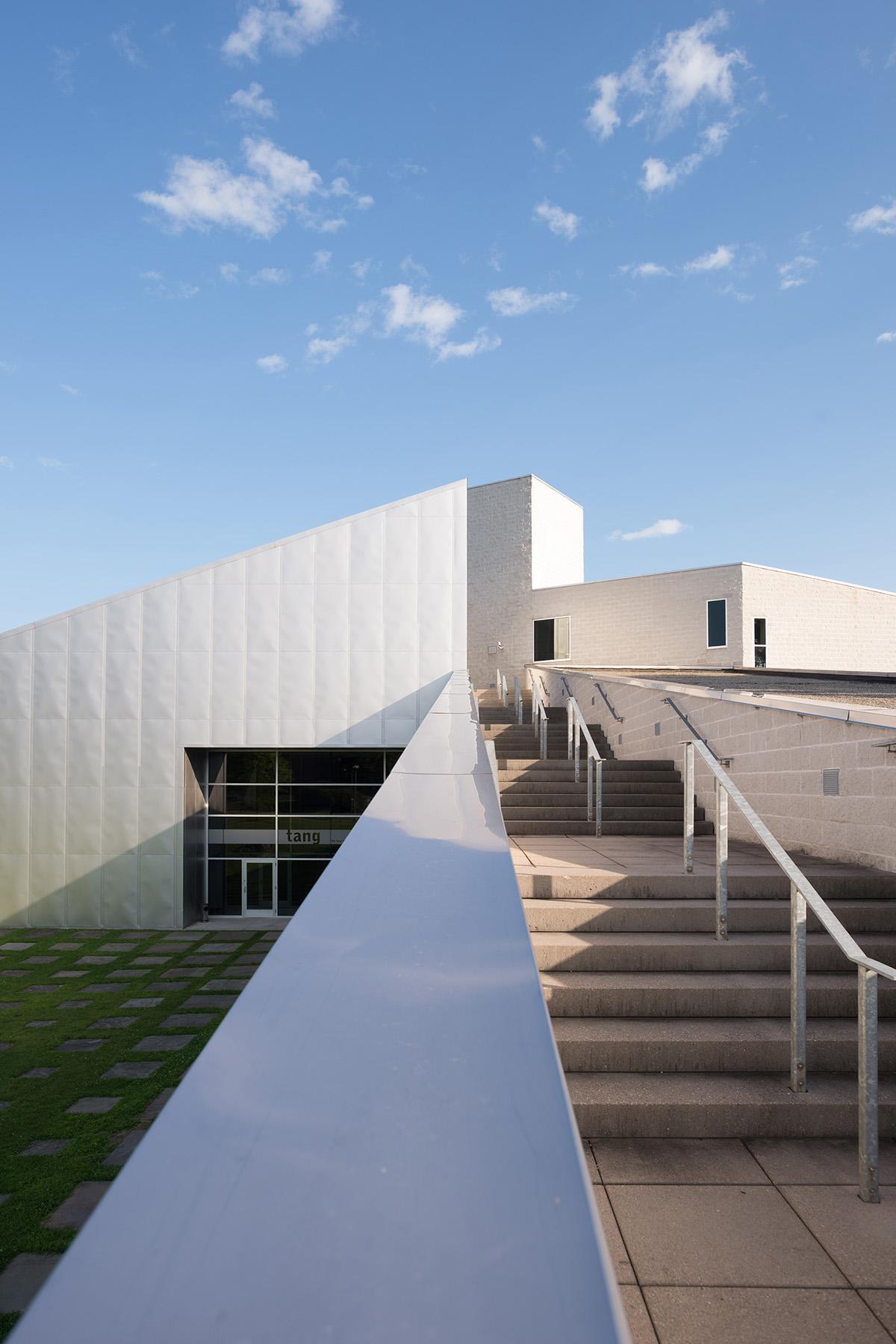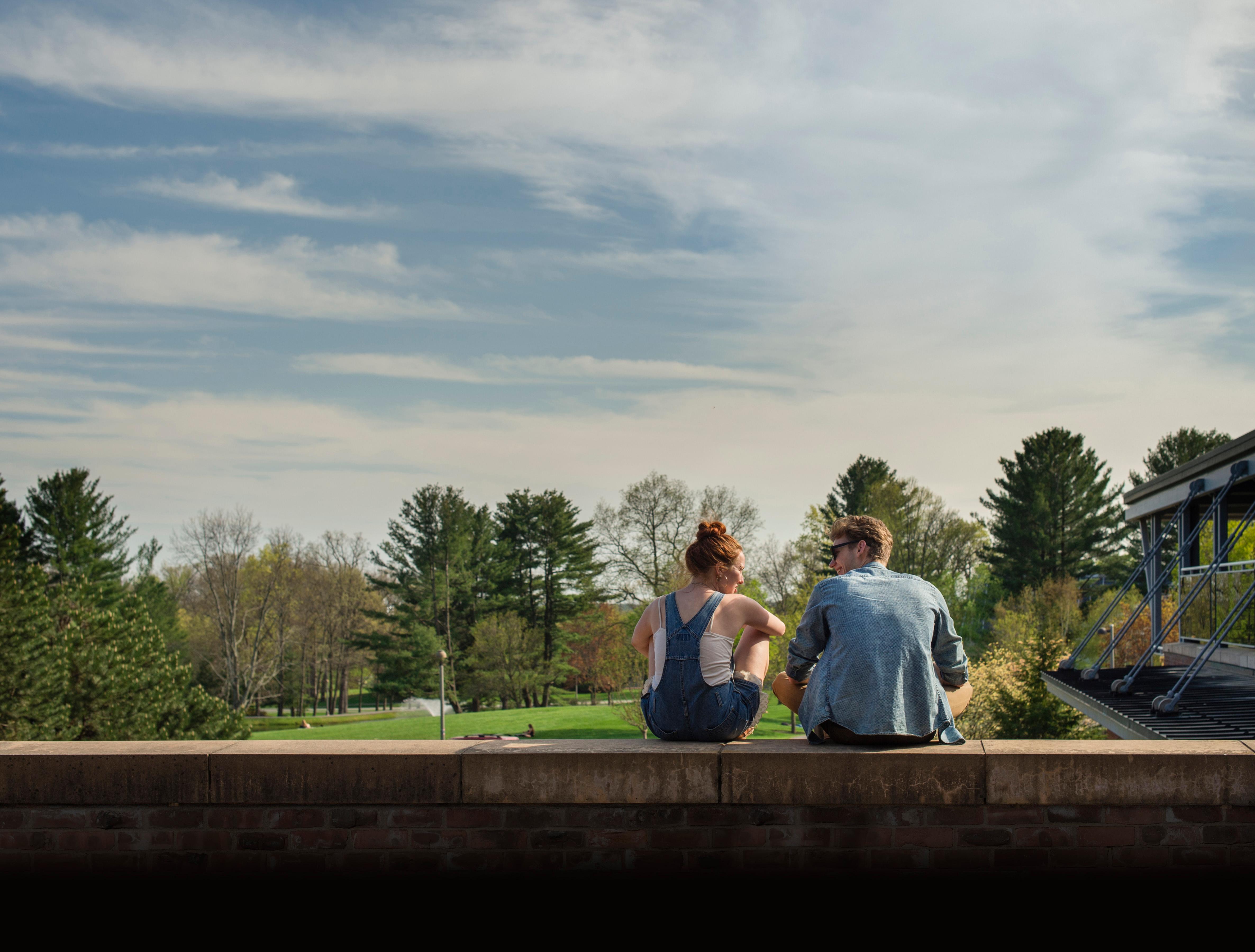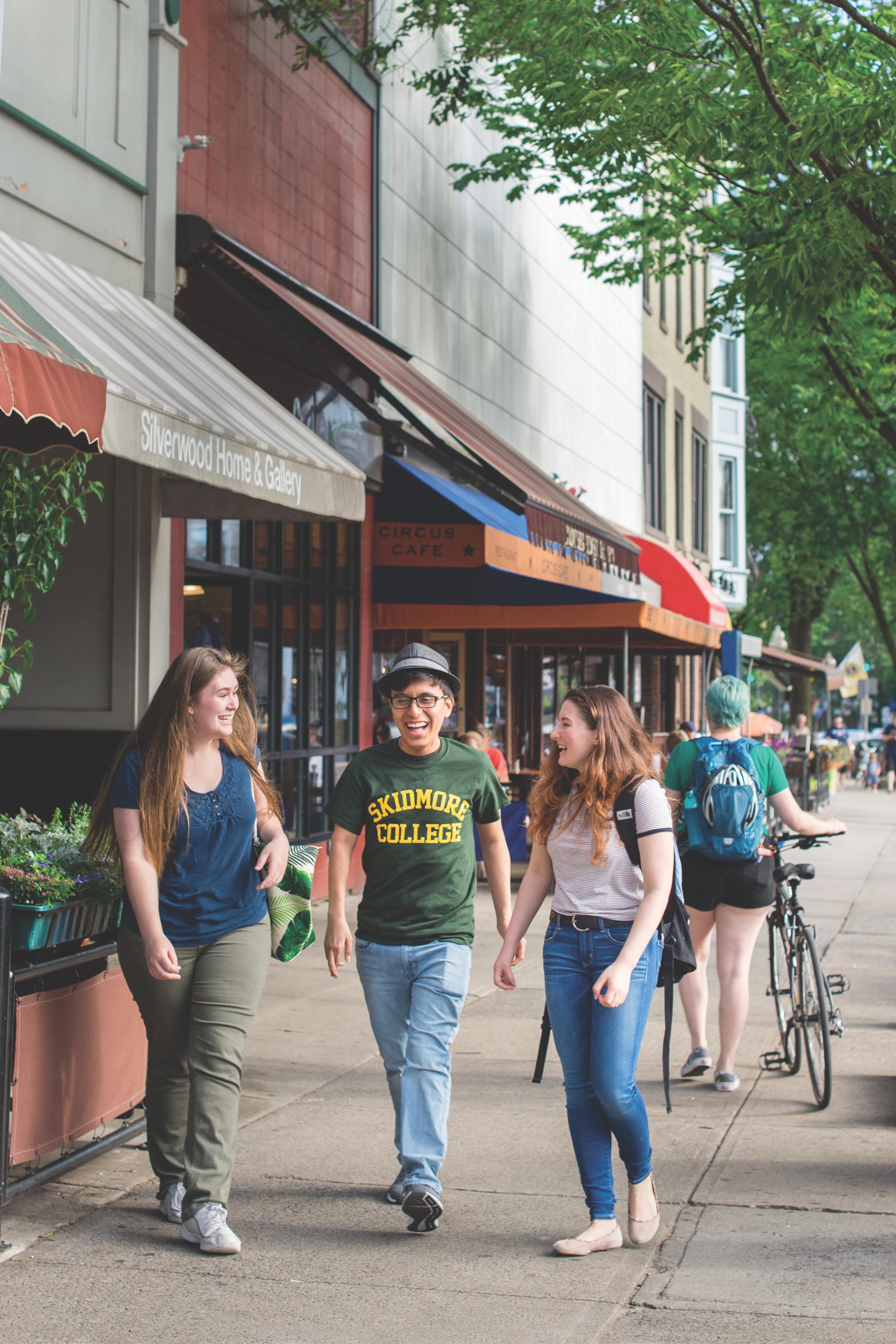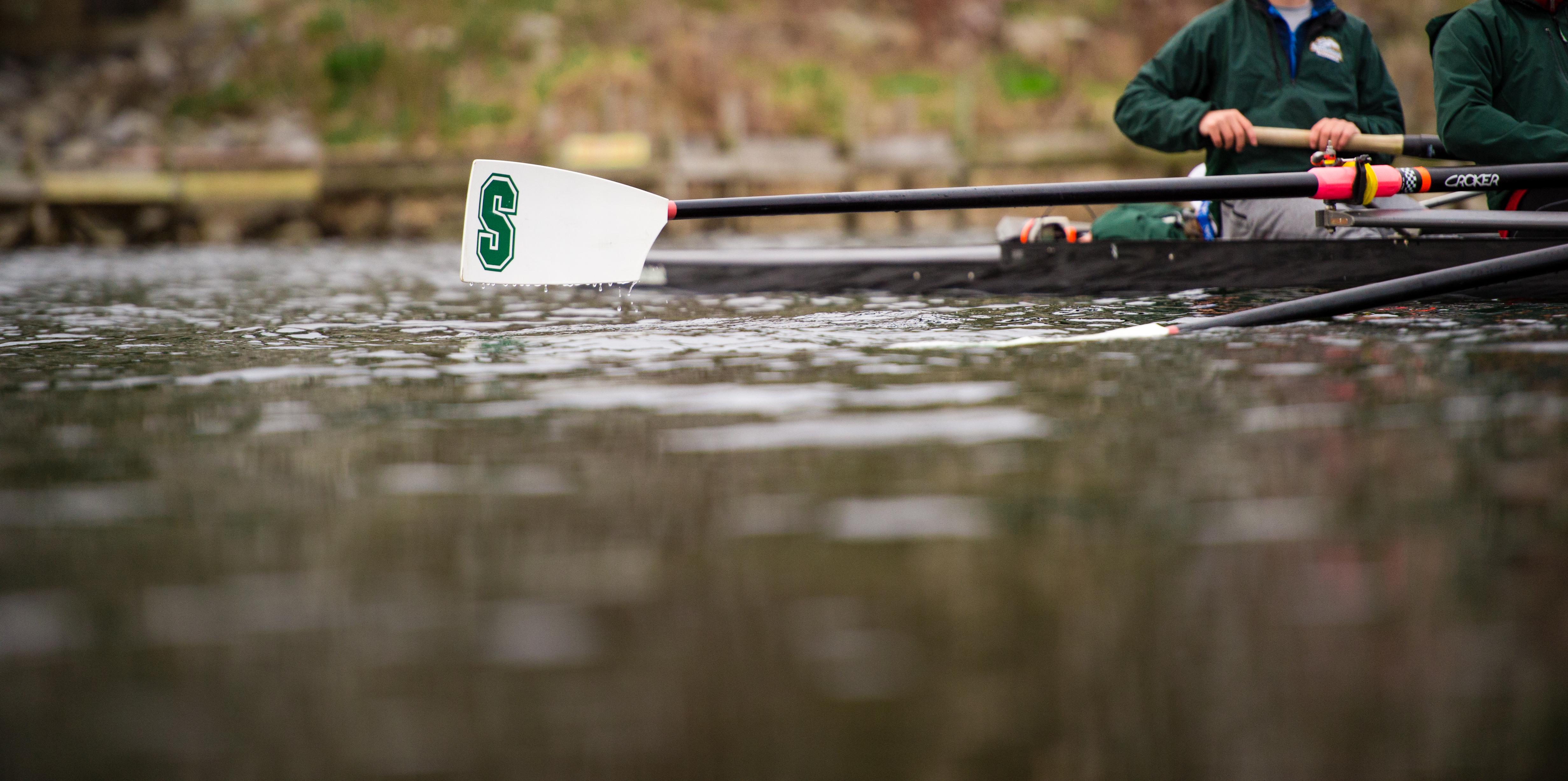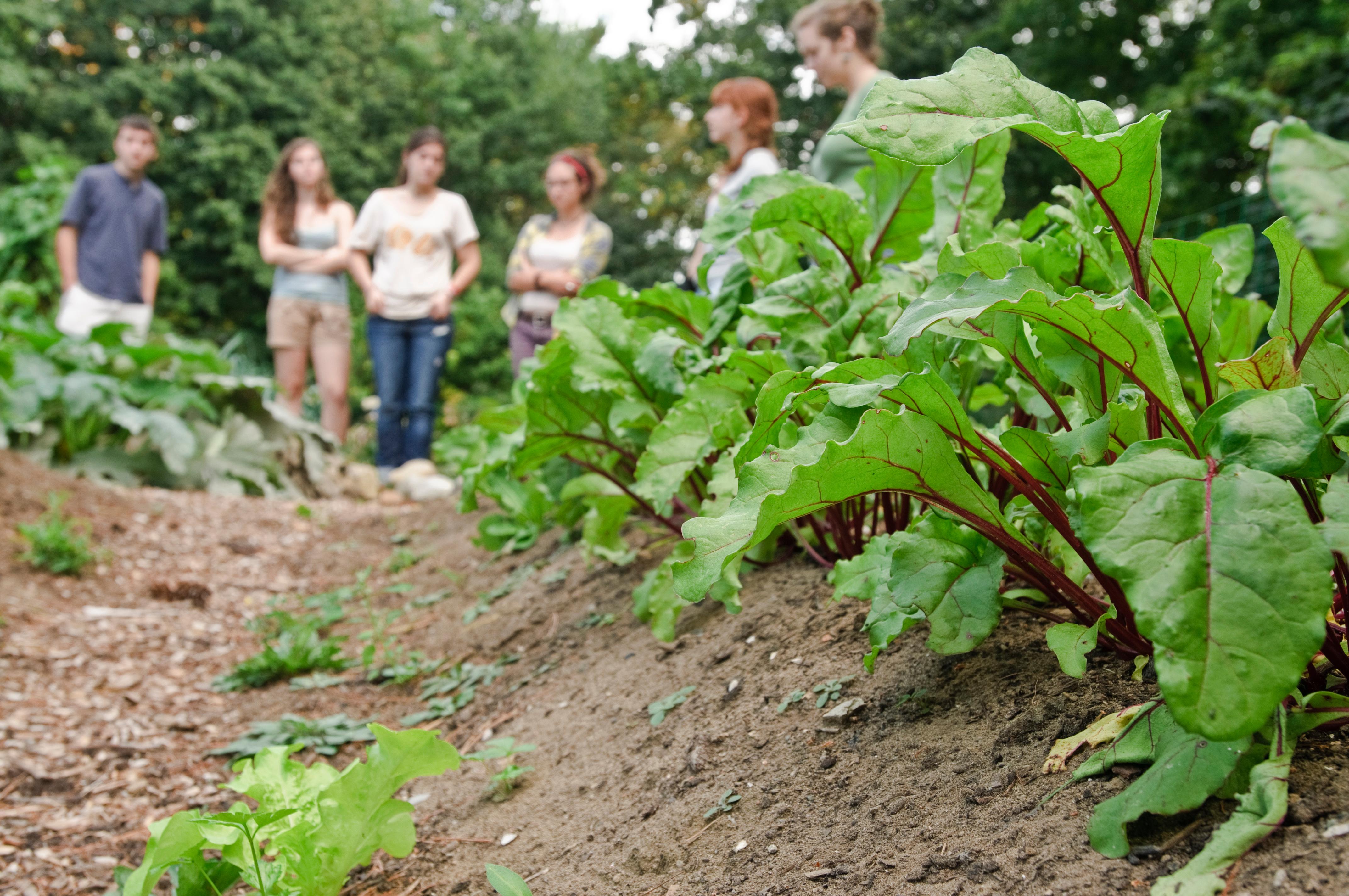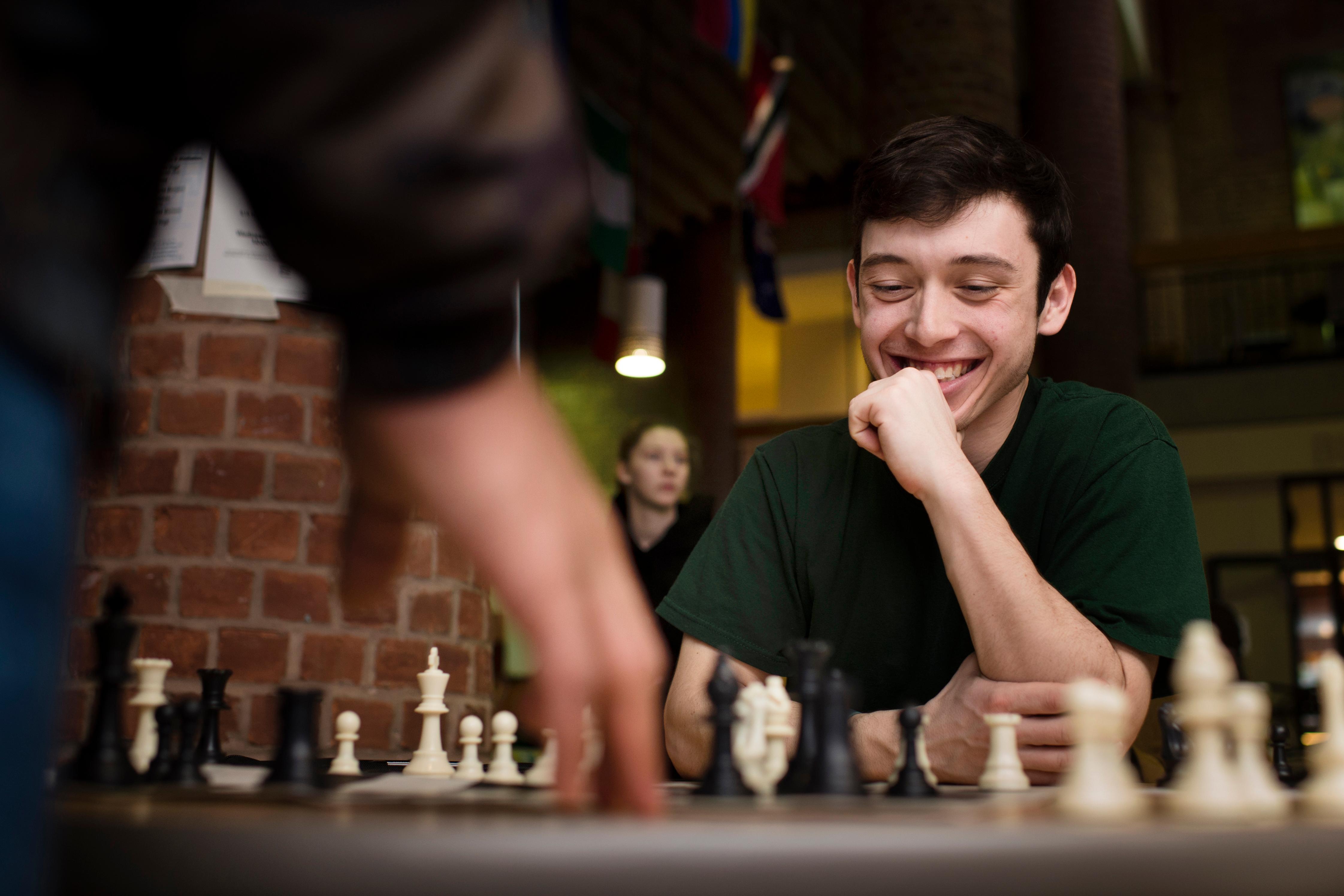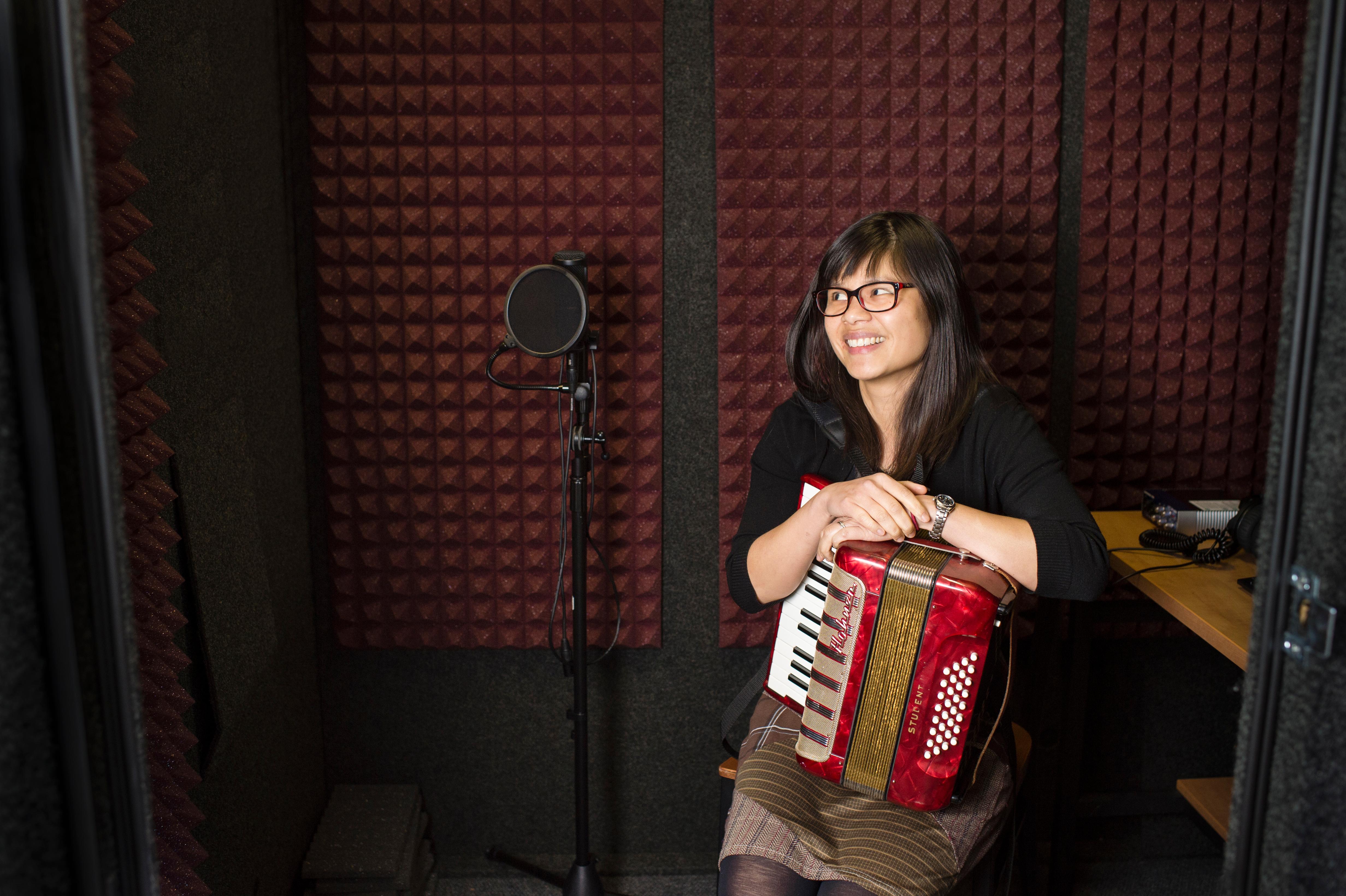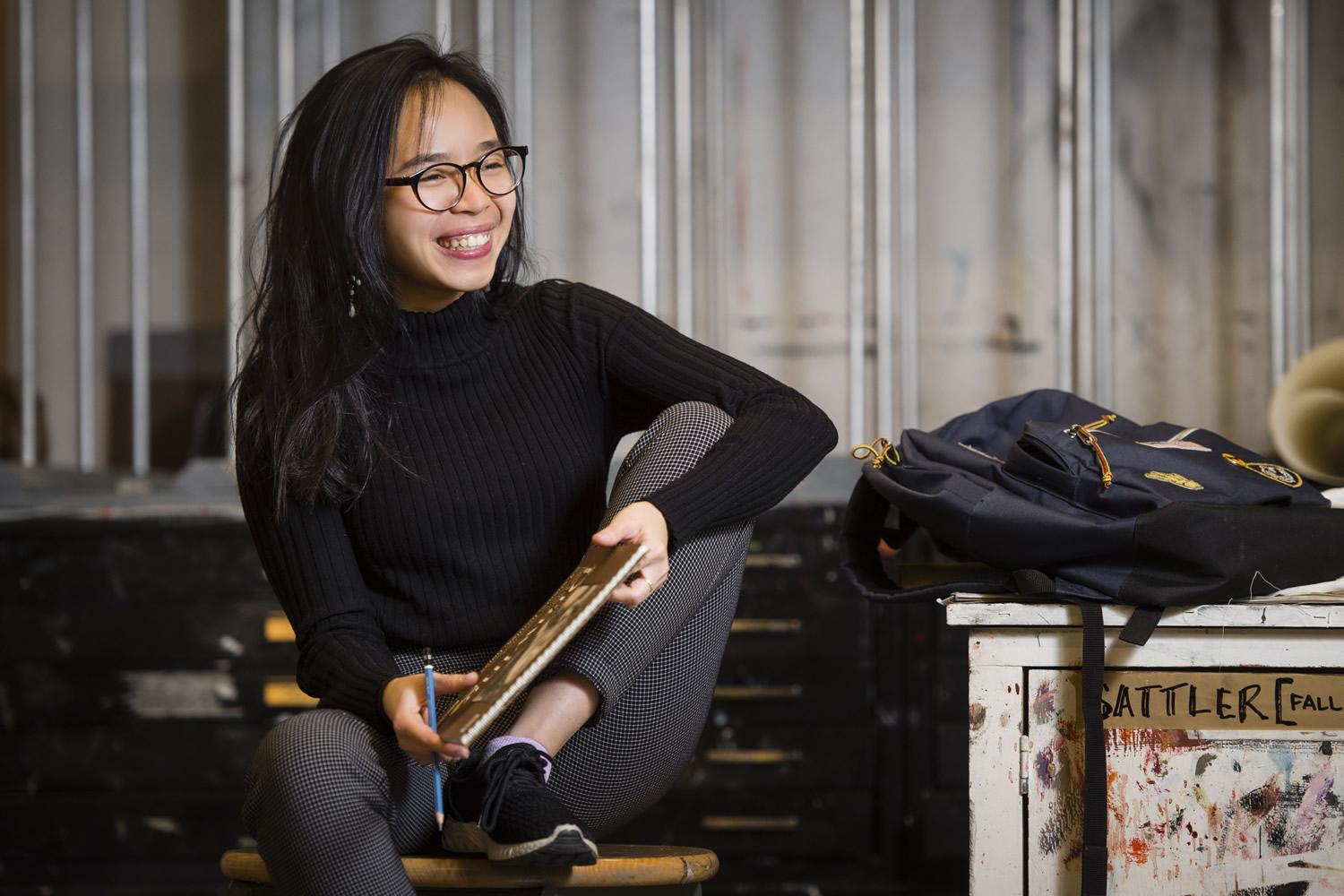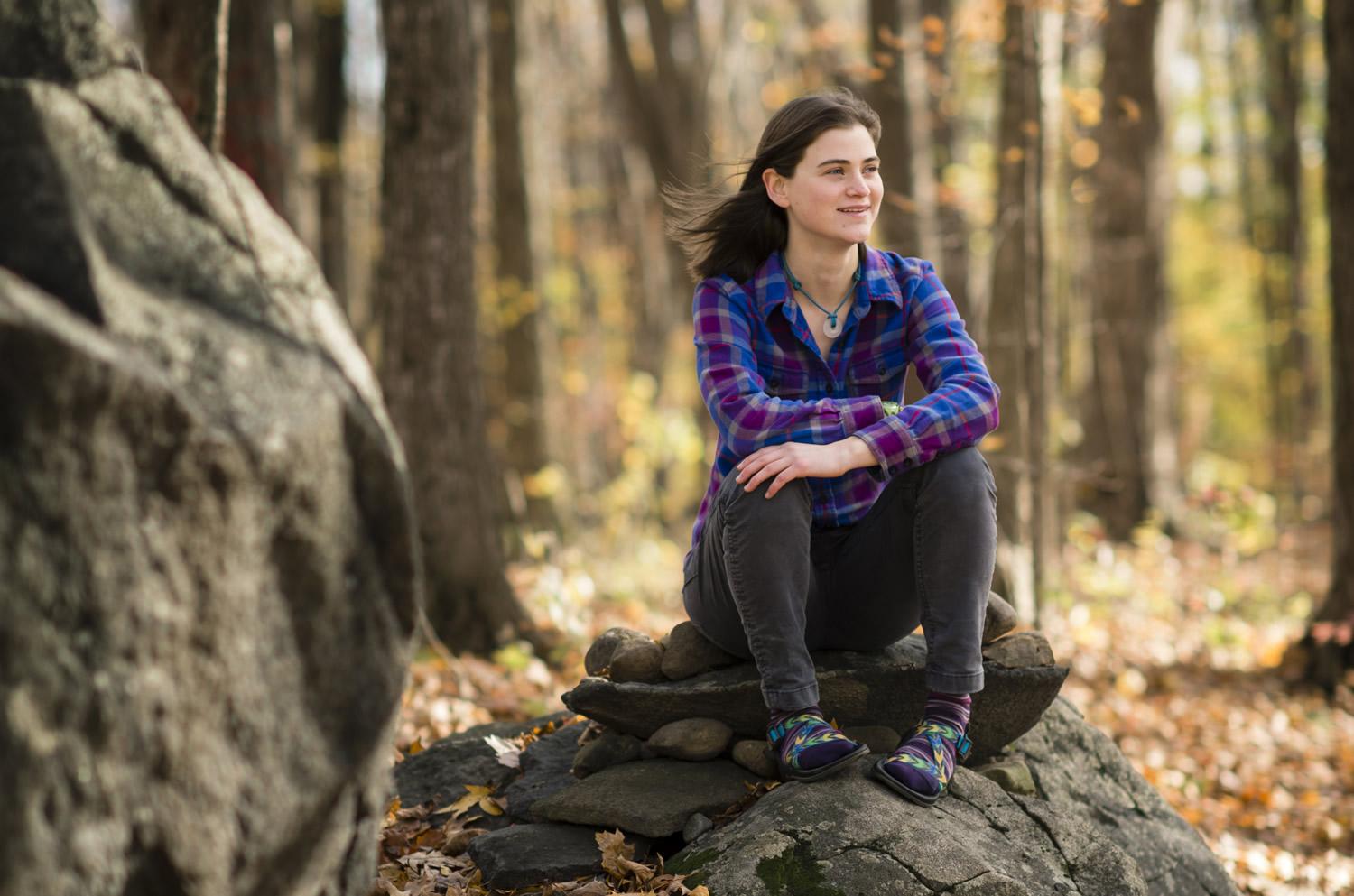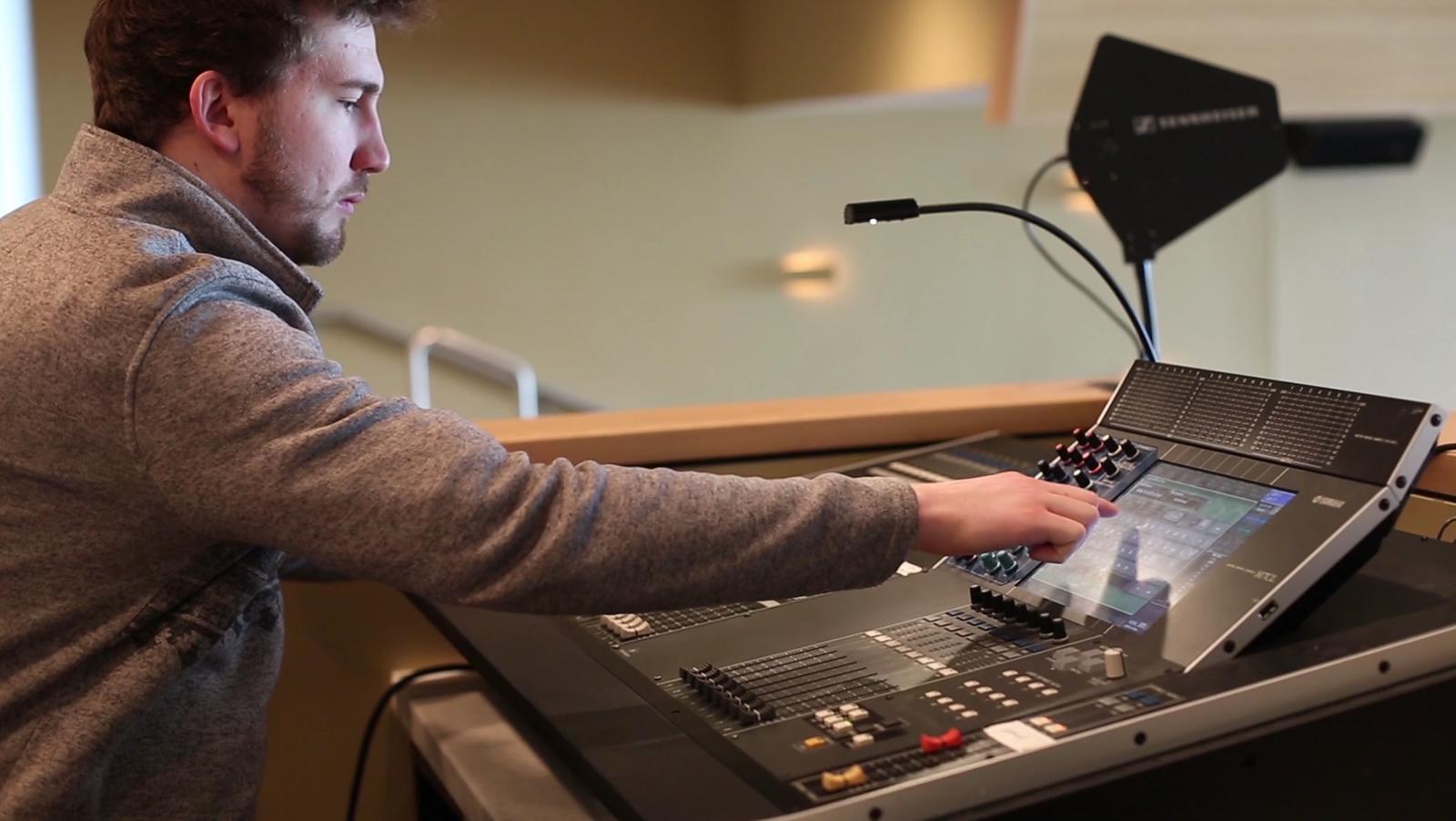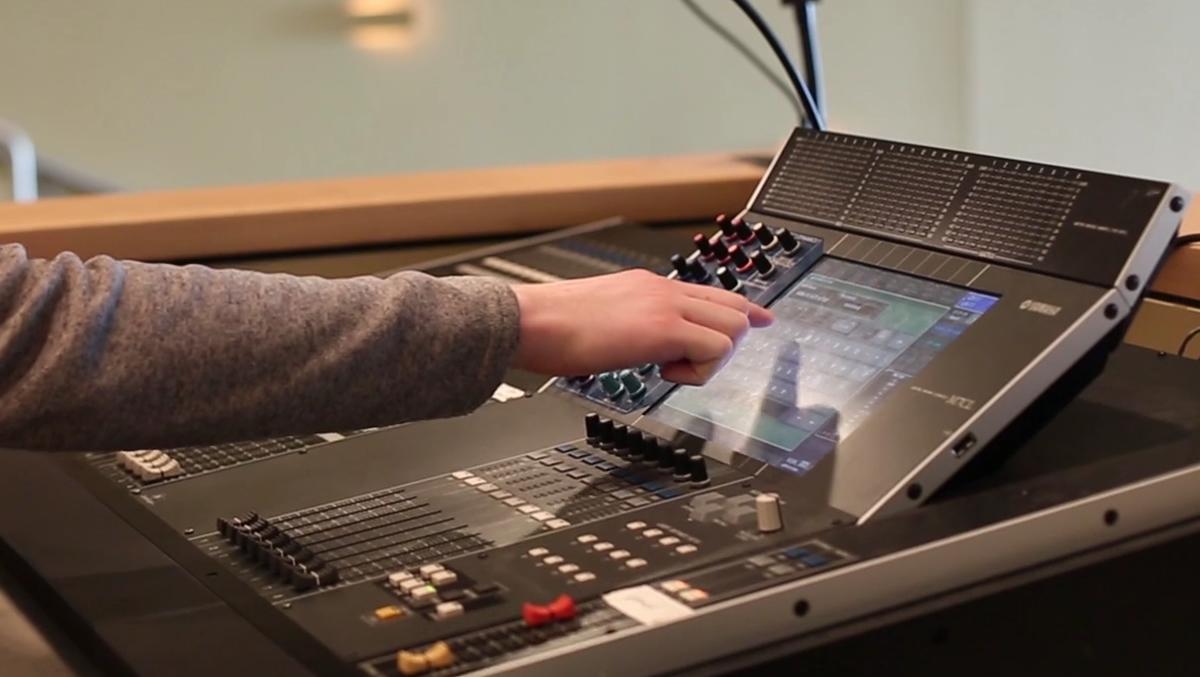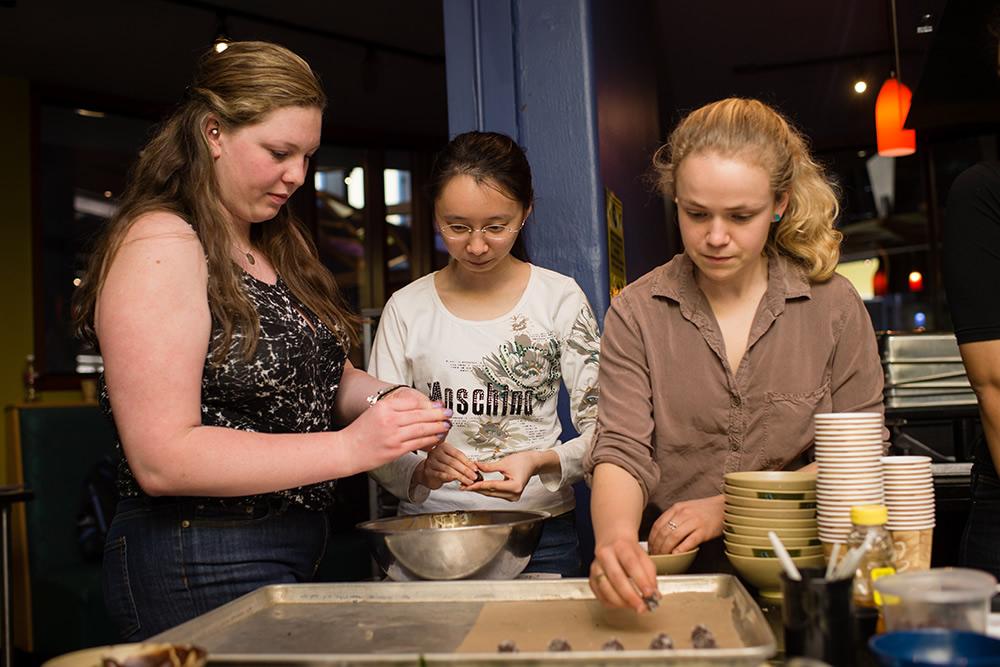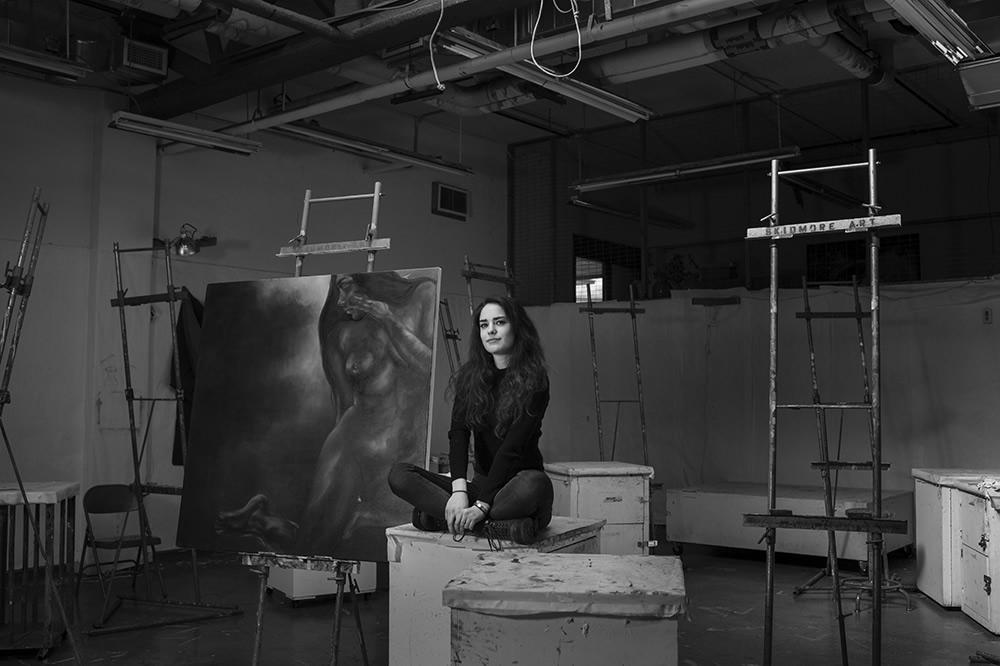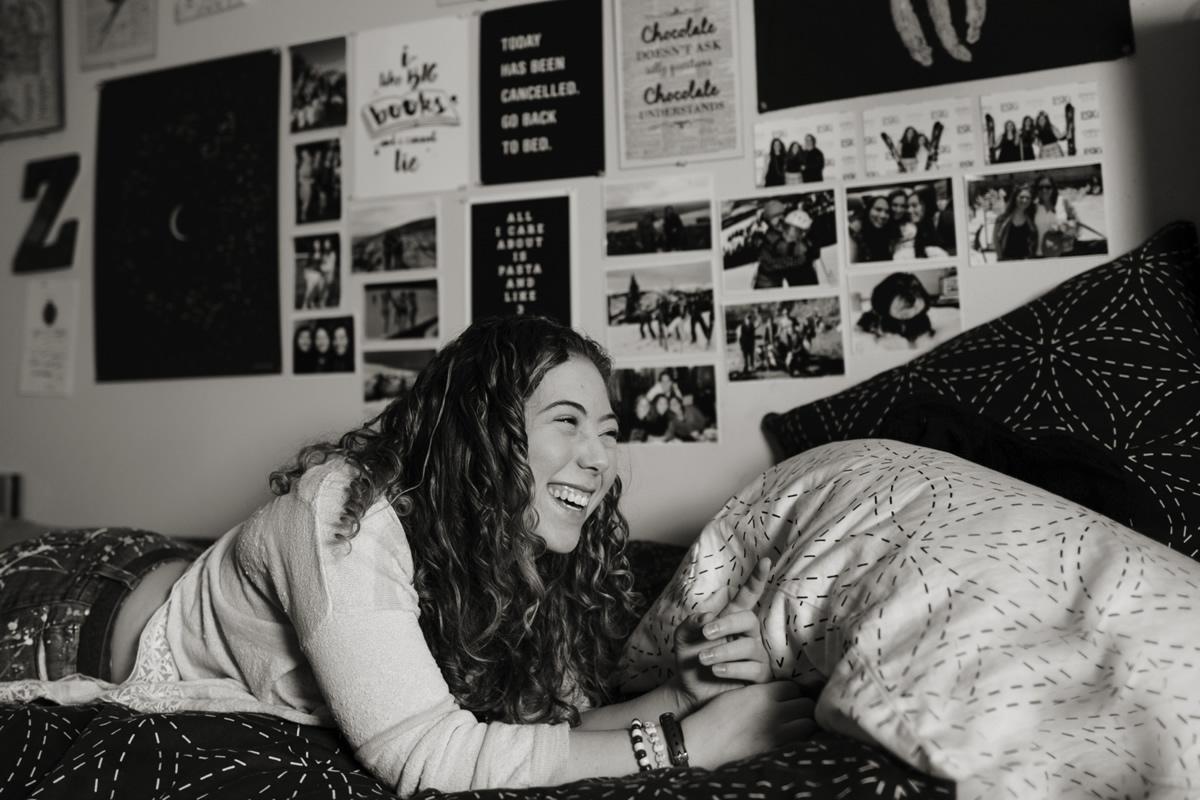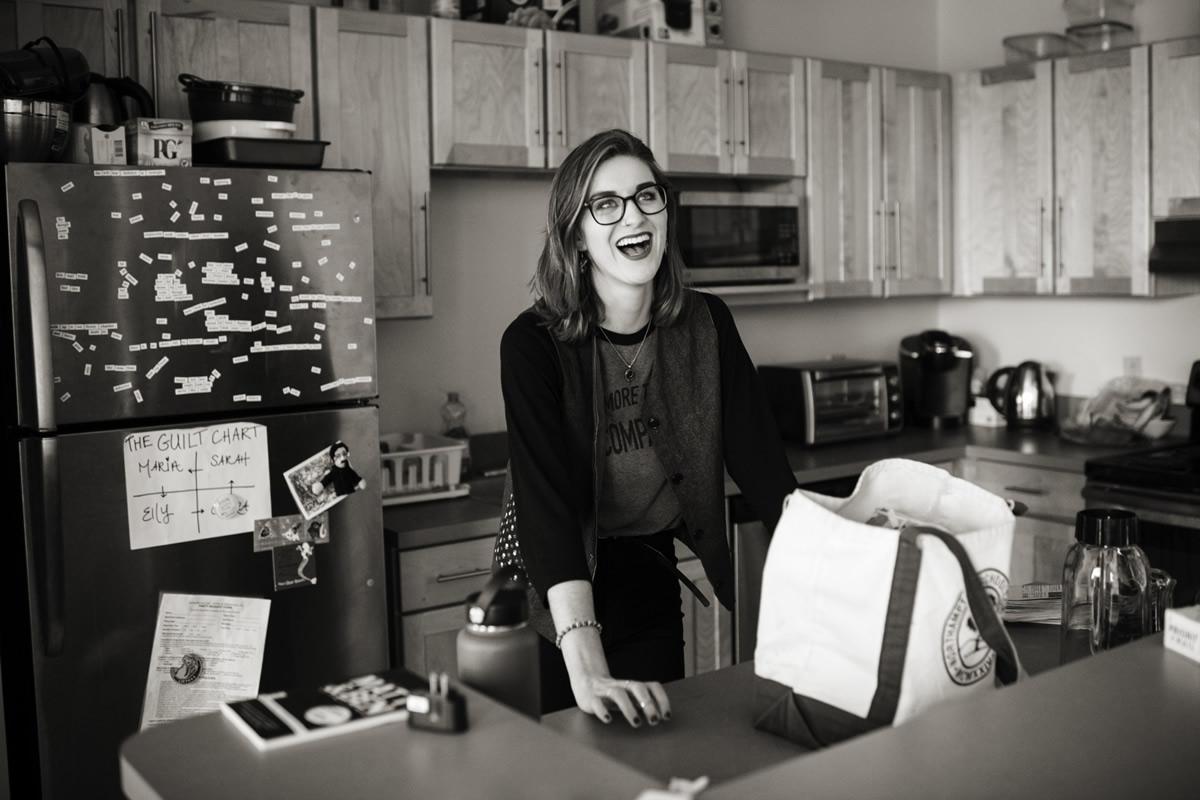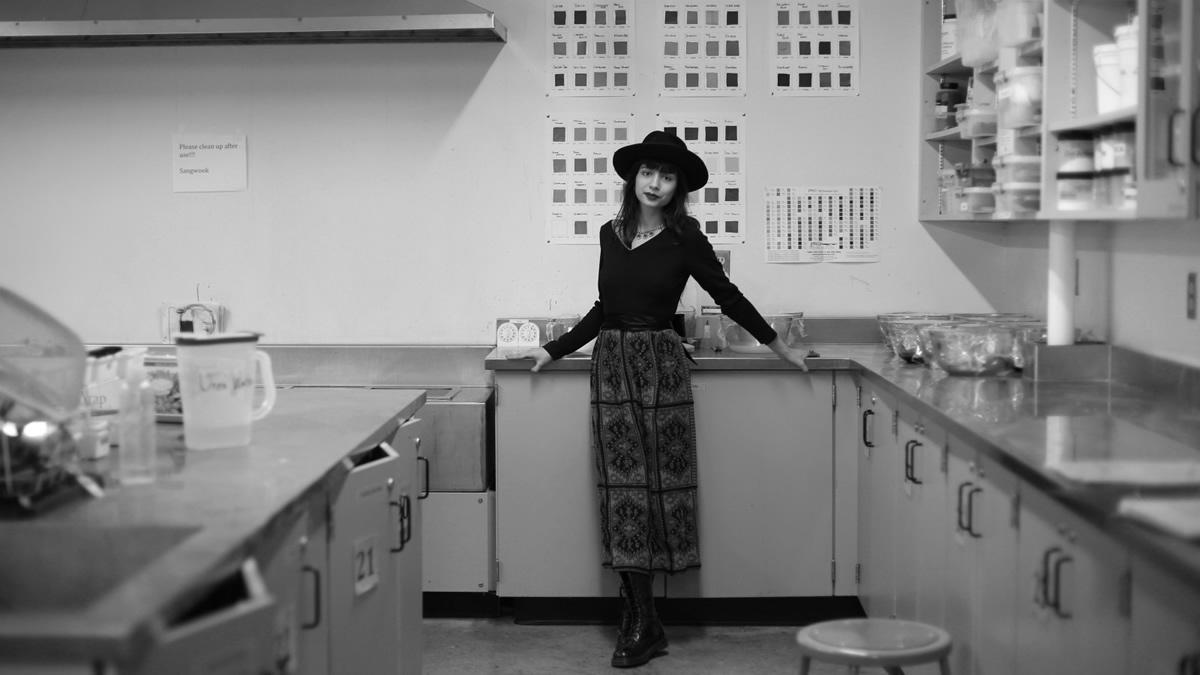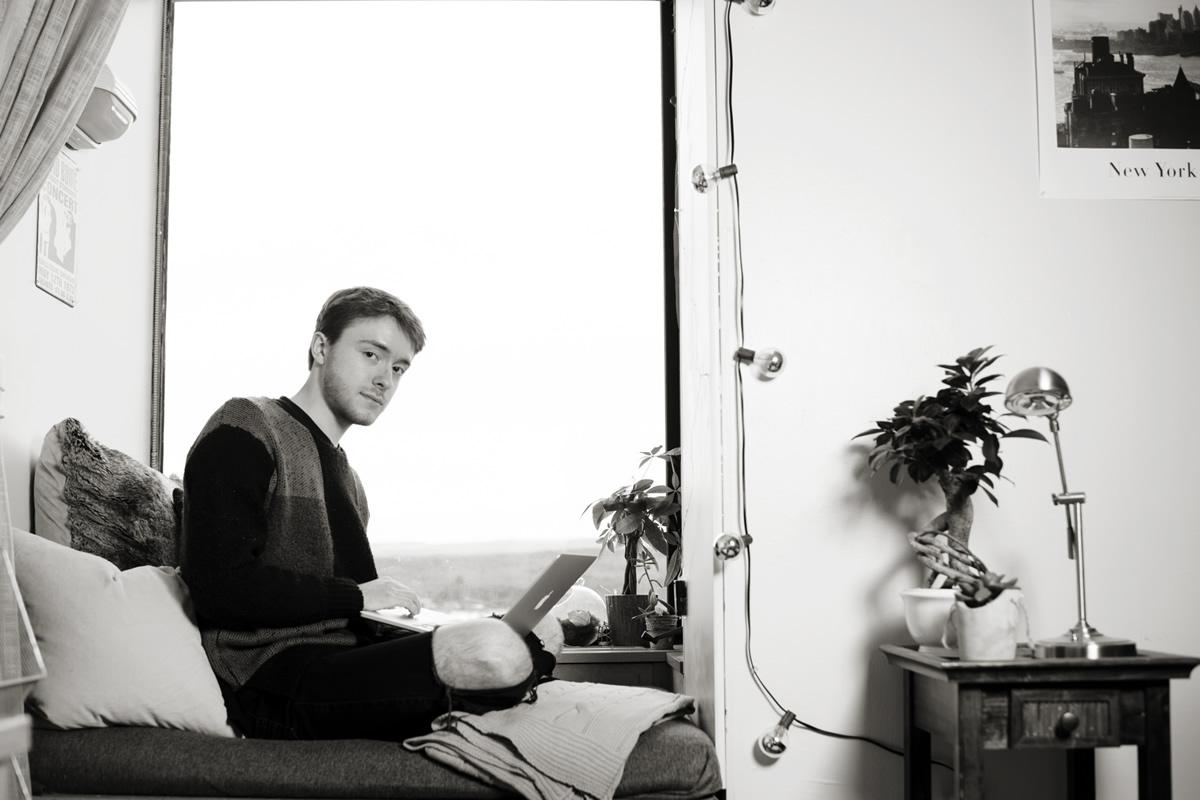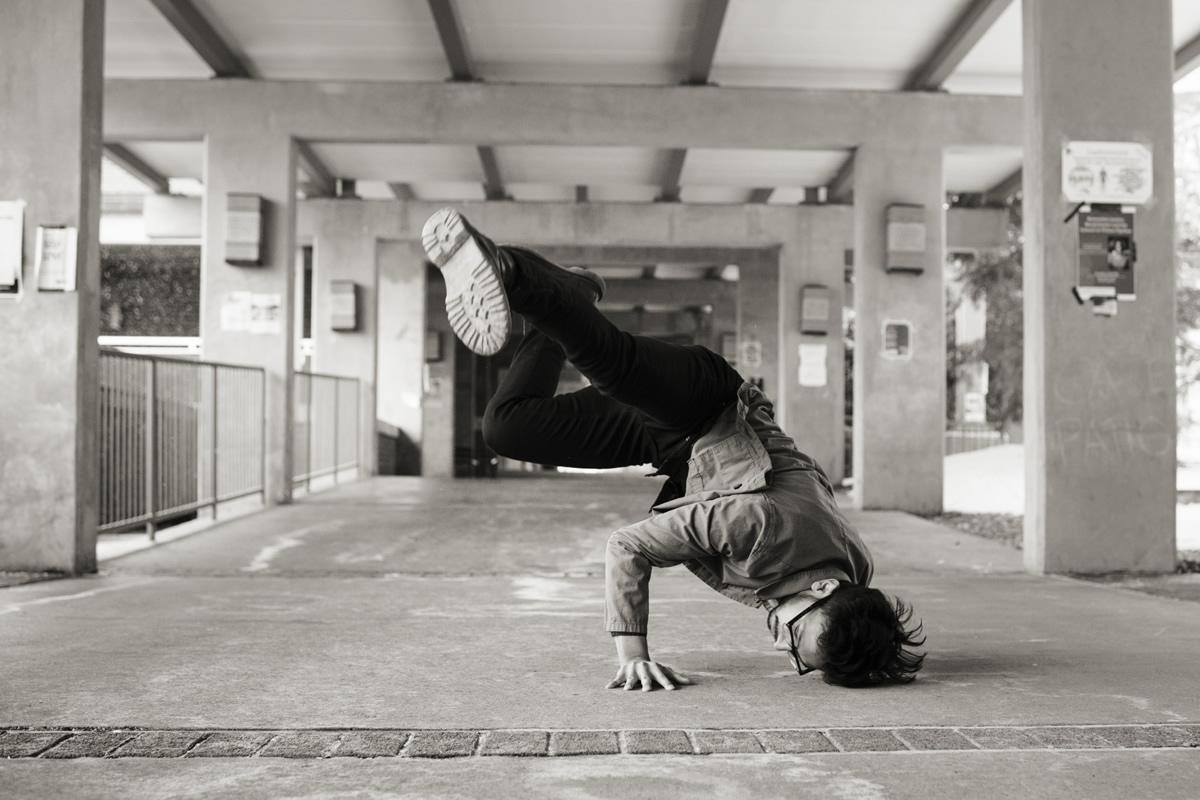Photography
Photographs play an important role in our communications because they tell our story visually.
Our documentary-style photography captures the Skidmore culture both inside and outside the classroom. We strive to show authentic interactions with students, faculty, and campus life. Incorporating a balance of images authentic portraiture, candid moments, and points of impact —makes our communications richer and more interesting.
MOMENTS
Images of student life and campus should feel natural, so avoid extremely stylized shots and wide angles. Students and professors should look comfortable, candid, and engaged. To convey our culture of authenticity, it’s important to have a mix of shots of campus, students, professors, and details, highlighting what makes the College unique.
Photograph personal interactions between members of the Skidmore community within their environment, using a shallow depth of field and natural lighting whenever it’s possible.
It’s relatively easy to get photos of students working in the classroom, but a large part of the Skidmore story is told in the field. Photographs should help convey that story, whether it’s with a close shot of the action or a wider shot of the surroundings. Show students and professors in action, engaged in doing the work.
DETAILS
Emphasize the work that goes on at Skidmore College with tightly cropped detail images. Focus on tools and objects associated with the task at hand, or close-ups of people doing the work, where possible.
Create a narrative by photographing details of a scene or event, avoiding direct portraiture of people.
